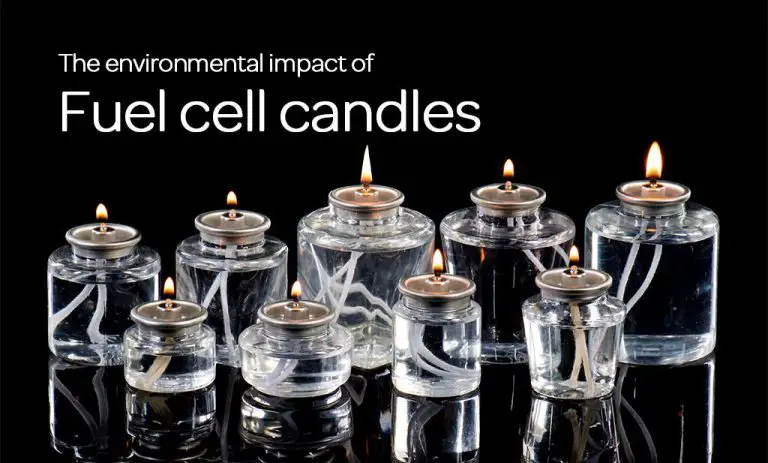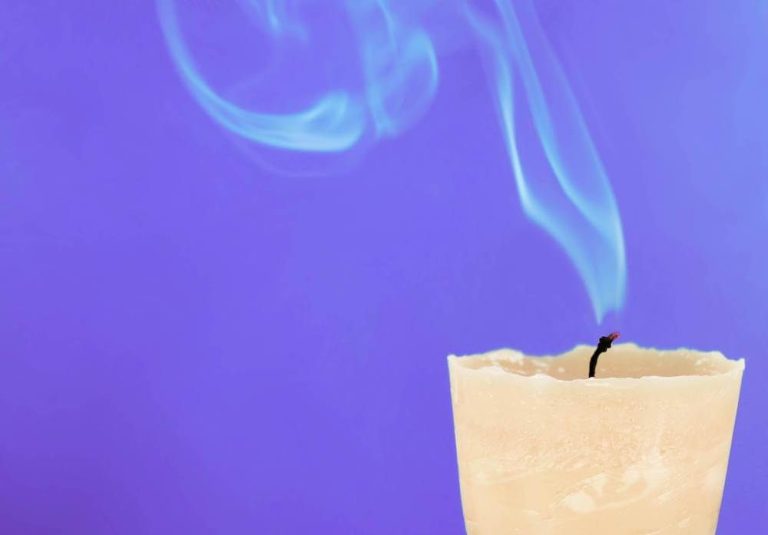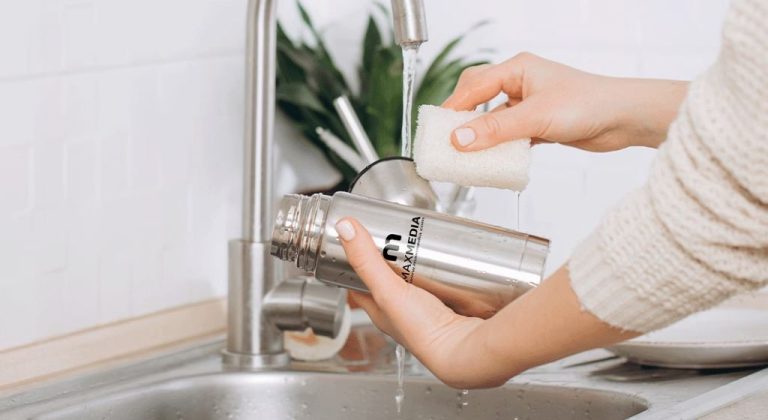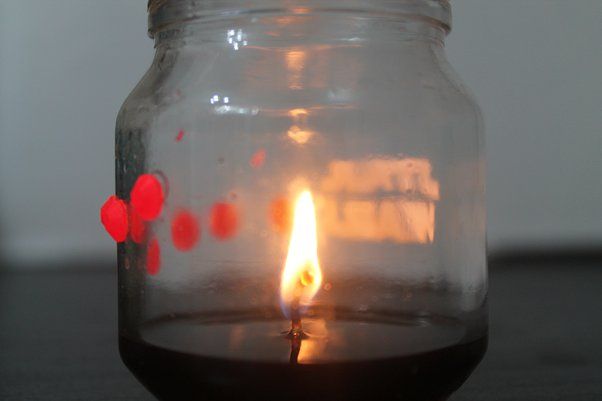How Long Should You Keep A Diffuser?
What is an Essential Oil Diffuser?
An essential oil diffuser is a device that disperses essential oils into the air to provide aromatic benefits. It works by utilizing ultrasonic vibrations or heat to break down essential oils into tiny microparticles that are then dispersed into the air. As the microparticles evaporate, they release the naturally-occurring aromatic compounds found in essential oils into the surrounding environment.
There are several benefits to using an essential oil diffuser:
- It allows you to enjoy the scent of your favorite essential oils throughout a room.
- The aromatic compounds can create a relaxing or uplifting environment.
- Some essential oils have purifying properties that can help cleanse and freshen indoor air.
- Diffusing essential oils allows you to experience the benefits without having to directly apply them to your skin.
- Many people find the scents from essential oil diffusers to be soothing and pleasant.
Overall, an essential oil diffuser is a convenient way to infuse a space with the naturally therapeutic properties of essential oils.
Diffuser Materials
Most essential oil diffusers are made from plastic, ceramic, wood, or glass. Each material has advantages and drawbacks when it comes to diffuser longevity and performance.
Plastic diffusers like those made from polypropylene plastic are affordable, lightweight, and easy to clean. However, certain essential oils can deteriorate plastic over time. Plastic can also scratch easily. Some higher end plastic diffusers use sanitary anionic nano plastics which are more durable. (Light Diffuser Panels, Paper & Sheets – B&H Photo Video)
Ceramic diffusers have an elegant look and often include creative designs. They disperse oils well but can be prone to chips, cracks, and breakage over time. Glazed ceramic tends to hold up better than unglazed. Ceramic diffusers should be handled with care.
Wood diffusers like bamboo or rosewood have a natural aesthetic. They are less prone to breakage and deterioration than other materials. However, wood is still porous and can absorb oils, leading to warping or cracking over time. Proper cleaning and care is important for wood diffusers.
Glass diffusers allow visibility of oil dispersal and can complement any decor. Borosilicate glass is very durable. Other glass types like handblown glass can be more artistic but fragile. Glass diffusers should be kept away from direct heat or drops to prevent cracking.
Diffuser Lifespans
The lifespan of a diffuser can vary quite a bit depending on the type and quality. Here’s a look at typical lifespans for common diffuser types:
Reed diffusers – Reed diffusers tend to last 1-3 months on average. Smaller, lower quality reed diffusers may only diffuse strongly for 2-4 weeks, while high quality large reed diffusers can last 3-4 months (Aroma-Luxe).
Electric diffusers – Good quality electric diffusers tend to last around 1-2 years with proper care and maintenance. Low end models may burn out in under a year, while high end diffusers can last over 2 years.
Essential oil diffusers – Similarly, decent essential oil diffusers last 1-2 years on average. Factors like runtime, oil used, and care impact lifespan.
In general, factors like diffuser size, runtime, oil used, care, and overall quality have the biggest impact on diffuser lifespan across all types.
Signs Your Diffuser Needs Replacing
There are some telltale signs that indicate when it’s time to replace your essential oil diffuser. Here are some of the most common signs to look out for:
Cracked or Damaged Reservoir
One of the first signs your diffuser needs replacing is if you notice cracks, chips or leaks in the reservoir that holds the water and essential oils. Damage to the reservoir can prevent the diffuser from working properly and also poses a safety risk. Even minor cracks in plastic reservoirs can worsen over time.
Weak or Inconsistent Mist Output
If your diffuser used to put out a strong, steady stream of mist but now the mist seems faint or sputtery, the ultrasonic or nebulizing function may be wearing out. Diffusers with failing mist output don’t distribute essential oils efficiently into the air anymore.
Strange Noises
You should not hear rattling, buzzing or other odd noises coming from a properly functioning diffuser. Unusual sounds can indicate a problem with the ultrasonic vibrations or motor.
Musty Odors
If you notice strange or unpleasant smells coming from your diffuser, bacteria may be accumulating in areas that are difficult to fully clean and dry out. Musty odors mean it’s time for a replacement.
Diminished LED Lights
Many diffusers feature decorative LED lights that gradually lose brightness over time. Dramatically dimmer lights, especially within 1-2 years, can be a sign of an aging diffuser.
Some additional signs include leaking oils, short run times, auto shut-off issues, and general lack of responsiveness when changing settings. If your diffuser exhibits any of these problems, replacing it is likely the best option.
Cleaning and Maintenance
Proper cleaning and maintenance is crucial for maximizing the lifespan of your diffuser. Essential oils and humidity can leave behind residue, mold, and buildup if not cleaned regularly.
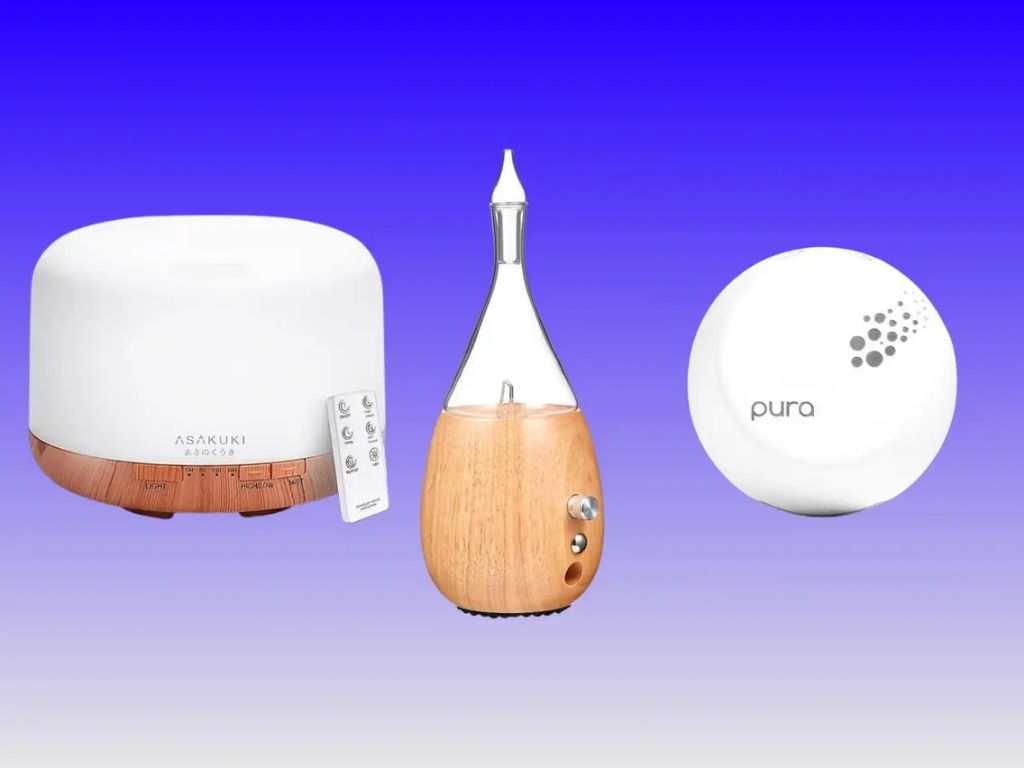
It’s recommended to clean your diffuser every 2-3 uses. Use a 1:1 mixture of water and white vinegar to clean the reservoir and vent area. Wipe it down with a dry cloth or cotton ball and allow to fully air dry before next use (https://www.hgtv.com/lifestyle/clean-and-organize/how-to-clean-an-oil-diffuser). You can also use rubbing alcohol instead of vinegar. Avoid using soap or other cleaners as this can leave behind residue.
For deep cleaning, fill the reservoir with the water/vinegar solution and run for 5-10 minutes to loosen residue. Rinse thoroughly before next use. Check any nooks and crevices for mold growth. Clean accumulated buildup from the ultrasonic membrane for optimal performance.
Only diffuse purified or distilled water to prevent mineral deposits. Empty any remaining water after each use. Regularly wipe down the exterior with a soft cloth. Follow all manufacturer guidelines for upkeep and maintenance.
With proper care, you can keep your diffuser running optimally for years. But if buildup becomes excessive, it may be time to replace your device for maximum aroma diffusion.
Storing Your Diffuser
Properly storing your diffuser when not in use is crucial for maximizing its lifespan. According to Young Living, essential oils should be tightly sealed and stored upright in a cool, dark, dry location free from temperature fluctuations. You’ll want to keep your diffuser in a closet or drawer away from heat, light, and moisture when not using it.
Never leave your diffuser in your car or areas that experience extreme temperature changes. Consistent heating and cooling can damage the diffuser. The ideal storage temperature is 50-80°F. It’s also best to empty any leftover water from the diffuser reservoir before storage to prevent mold growth.
Additionally, you may want to store your diffuser separate from any bottles of essential oils. Oils should be kept in a dark space, while diffusers don’t necessarily need darkness. Just be sure to keep the diffuser upright and tightly closed in an area away from direct light or heat.
Maximizing Diffuser Longevity
There are several ways to maximize the lifespan of your essential oil diffuser and make it last as long as possible:
Use the diffuser intermittently – Don’t run it 24/7. Use it for shorter periods throughout the day and give it breaks in between. This prevents overuse.
Clean regularly – Follow the manufacturer’s instructions to clean the diffuser every 1-2 weeks. This prevents buildup and clogging.
Use pure oils – Don’t use old or diluted oils, which can clog the diffuser. Stick to 100% pure essential oils.
Monitor water levels – Don’t let the diffuser run dry. This can damage the ultrasonic membrane or heating element.
Give it a break – When not in use for extended periods, unplug the diffuser and store properly. Don’t leave it plugged in.
Handle with care – Avoid drops, bumps, and excessive heat/cold. Gentle handling preserves the diffuser.
Descale if needed – For hard water areas, regularly descale to prevent mineral buildup.
Replace parts – Replace filter or ultrasonic membrane when needed to maintain function.
Follow all instructions – Carefully follow the user manual to get the most life from your diffuser.
When to Replace Your Diffuser
The lifespan of a diffuser depends on several factors like the quality, usage frequency, and maintenance. Most experts recommend replacing your diffuser every 2-3 years for optimal performance. High-quality diffusers made of durable materials like glass, ceramic, or wood can last 3-5 years with proper care. More frequent replacement may be needed for cheaper plastic diffusers which tend to degrade faster.
Aside from the passage of time, there are signs that indicate when it’s time to retire your old diffuser and purchase a replacement. Decreased diffuser output, issues with clogging, loud noise levels, cracked or damaged parts, etc. all signal your diffuser is reaching the end of its usable life. If cleaning and troubleshooting steps don’t restore performance, replacement is recommended.
For electric diffusers, experts suggest replacement every 2-4 years as the ultrasonic membranes and motors wear out over time. Reed diffusers need new reeds every 2-3 months. If you notice weak or no fragrance even with new reeds, the diffuser should be replaced. Following the manufacturer’s instructions for maintenance and lifespan recommendations can help maximize the years of use from your diffuser.
Disposing of Your Old Diffuser
When it’s finally time to replace your essential oil diffuser, proper disposal is important. Most diffuser components, like plastic and metal, can be recycled. According to The Aroma Guide[1], you should disassemble the diffuser into separate parts and clean them thoroughly before recycling. Any leftover essential oil should also be cleaned out and disposed of safely.
For the essential oil, make sure to use it up completely in the diffuser before disposal[2]. Never pour the oil directly down drains as it can harm plumbing and the environment[3]. Small amounts can be absorbed into paper towel and thrown away. Check if your community has hazardous waste disposal for safe oil disposal.
Recycle diffuser plastic, metal, and electronic parts at an e-waste or electronics recycling facility. Call ahead to make sure they accept diffusers. Avoid throwing diffusers directly into landfills where components won’t degrade properly.
By safely cleaning, reusing, and recycling diffuser components, you can keep them out of landfills and give them an extended lifecycle. It’s a small but meaningful way to be environmentally responsible!
[1] https://thearomaguide.com/how-to-dispose-of-diffuser-oil-simple-guide/
[2] https://www.hunker.com/13410969/how-to-dispose-of-reed-diffuser-oil
[3] https://www.reddit.com/r/environmental_science/comments/12waba6/is_it_bad_to_dispose_of_leftover_reed_diffuser/
Choosing a New Diffuser
When it’s time to replace your old diffuser, there are a few key factors to consider when shopping for a new one:
Look for a diffuser that uses ultrasonic technology – this breaks up the essential oils into micro-droplets that disperse well into the air (The 5 Best Essential Oil Diffusers of 2024). Ultrasonic diffusers also tend to be quieter than nebulizer or evaporative diffusers.
Consider the size and coverage area you need. Smaller 100 mL capacity diffusers are good for small rooms, while larger 300 mL+ diffusers can service large open spaces (How to Choose Essential Oil Diffuser for Home).
Look for features like auto shut-off, multiple timer settings, lighting options, and easy cleaning. A BPA-free diffuser made of quality materials will also last longer.
Read reviews and look for a reputable brand known for durability. Check that it comes with a solid manufacturer’s warranty as well.
Consider aesthetics – with shapes, colors and designs available, choose something that fits your style and home décor.
Compare prices between models with the features you want. Quality ultrasonic diffusers can range from $15 to $100+ based on size, settings and design.

